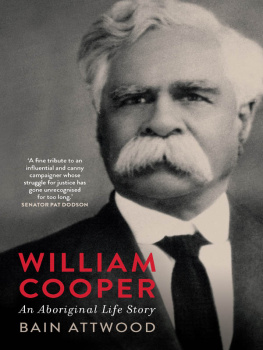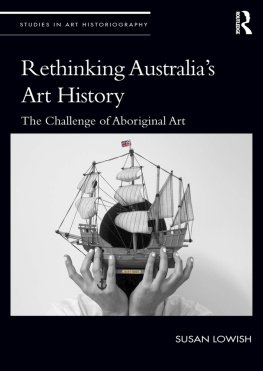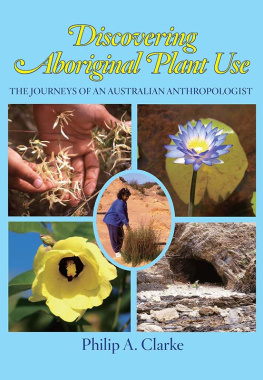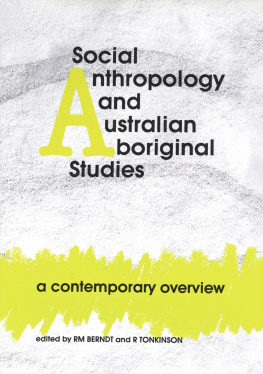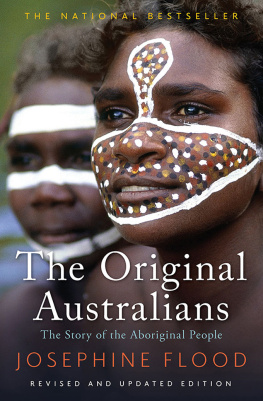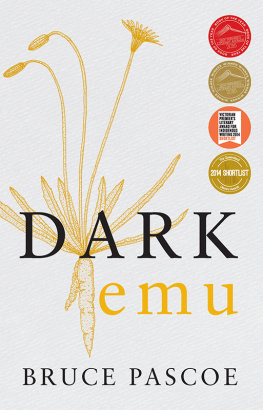Cover art: Sir oswald Brierly
Whalers off Twofold Bay, New South Wales, 1867
watercolor, opaque white, scraping out, 86.3 147.7cm
Purchased 1901
Collection: art Gallery of new South wales
photograph: Diana Panuccio
Used with permission.
Published by
STATE UNIVERSITY OF NEW YORK PRESS
Albany
2012 State University of New York
All rights reserved
Printed in the United States of America
No part of this book may be used or reproduced in any manner whatsoever without written permission. No part of this book may be stored in a retrieval system or transmitted in any form or by any means including electronic, electrostatic, magnetic tape, mechanical, photocopying, recording, or otherwise without the prior permission in writing of the publisher.
For information, contact
State University of New york Press
www.sunypress.edu
Production and book design, Laurie Searl
Marketing, Anne M. Valentine
Library of Congress Cataloging-in-Publication Data
Russell, Lynette.
Roving mariners : Australian aboriginal whalers and sealers in the southern oceans, 17901870 / Lynette Russell.
p. cm.
Includes bibliographical references and index.
ISBN 978-1-4384-4423-9 (hardcover : alk. paper) 1. Aboriginal AustraliansHistory. 2. Aboriginal AustraliansFishing. 3. Aboriginal AustraliansCommerce. 4. WhalingAustraliaHistory. 5. SealingAustraliaHistory. I. Title.
DU123.4.R87 2012
639.2'8089991509034dc23
2011051057
10 9 8 7 6 5 4 3 2 1
ACKNOWLEDGMENTS
As I have roved through the oceans of material that led to this book, I have incurred significant debts to many people. First, I was lucky to enjoy the research assistance of Anita Dullard, Fiona Macfarlane, and Trudy Cowley. Liam Neame also located and copied historical materials. To each of youthanks. Dr. Sarah Pinto has provided me with wonderful editorial assistance, making it a much better project in the process. Sarah's extraordinary set of skills, her knowledge, and her relentless but gentle prodding have been invaluable. Maggie Cooper stepped in and saved me when I really needed help; thank you.
Members of the Tasmanian Aboriginal community, especially Greg Lehman, Julie Gough, and Ian Anderson (and many, many more) generously shared their knowledge and ideas about the sealing women and I am truly grateful. Thanks to kristel keheler for her perspectives, too. Thank you to rocky Sainty for arranging for me to have access to the grey literature. I acknowledge that they may not agree with my interpretations or ideas.
Thanks also to Associate Professor victoria Haskins for soliciting an article from me at a time when I was bogged down with writing. This enabled me to refocus my material and see things with unexpected clarity. And vicky, thanks also for your unflagging enthusiasm even when mine was waning.
While at the University of British Columbia, Vancouver, I had the opportunity to speak to Professor Jean Barman, whose knowledge of the Canadian sealing industry provided me with much-needed comparisons. Also in vancouver, Professor Margery fee generously accommodated both Ian McNiven and myself and generally provided us with most welcome hospitality.
In New Zealand, Michael Stevens of Otago University and his grandfather Tiny graciously showed us around the Te Arouhou Marae, and shared their encyclopedic knowledge of the early sealers. Thanks also to Michael for interesting information on the Mutton Birding industry of Aotearoa and its comparisons with the Bass Straits birding. My gratitude also goes to Professor Glenn Summerhayes of the Department of Anthropology at Otago University for hospitality and curries during several research trips to Dunedin. Many thanks to the staff of Otago for the excellent and helpful feedback on my work; to Professor Ian Smith for his own inspirational work, as well as for taking the time to provide me with advice on mine; and to Dr. Angela Middleton for generously sharing with me her knowledge of southlands' sealing. Thanks also to Rachael egerton from Historic resource Management, Southland Conservancy, Invercargill, and Nigel Prickett of the Auckland War Memorial Museum.
Some of the initial writing was done at Clare Hall, Cambridge University. For general support I would like to thank Liz Ramsden for all her help. While at Cambridge I was able to access the extraordinary collection of material at the Scott Polar research Institute. I would like to acknowledge the library staff and especially Lucy Martin and Shirley Sawtell.
The rare book room at the Cambridge University Library effortlessly and efficiently provided me with many resources. Chris Chippindale made my stay in the Uk much more tolerable and I am grateful to him for all his help, hospitality, and especially for the trip to Stonehenge.
Thanks also to Rhys Richards, Mark Howard, and Dr. Mervyn Cobcroft for sharing their considerable knowledge. Numerous institutions and individuals provided me with assistance and material. Special credit goes to: Margaret Harmon, Tasmaniana Collection, State Library Tasmania; Ian Pearce, State Archivist, Archives office of Tasmania; Ian Morrison, Senior Librarian (Collections), Tasmanian Archive and Heritage office; Greenwich Maritime Museum Caird Library; British Library Staff; Kathy Frankland, archivist, Queensland Government Department of Aboriginal and Torres Strait Islander Policy; Dianne Byrne, John Oxley Library; Ali Clarke, Assistant Archivist, Archives & Manuscripts, Hocken Collections; Margaret E. Rooney, Research Information Manager, Rakiura Heritage Trust (Rakiura Museum); Lesley Gray, Information officer, Stewart Island visitor Centre; and Sean McMahon, Manuscripts and Archives Section, Alexander Turnbull Library.
Academics from various universities also provided me with advice. I am grateful to: Professor Atholl Anderson, Australian National University; Professor Ian Anderson, University of Melbourne; Professor Rae Frances, Monash University; Dr. James M. Lindgren, State University of New york; Dr. John Macalister, Victoria University, Wellington, for help with Maori language meanings; Associate Professor Mark Staniforth flinders University; Dr. Angela Wanhalla, Otago University; and Professor Jo McDonald, who was very generous in sharing her knowledge of whale rock art sites. Thomas Richards, now at Monash drew my attention to James Dawson's musings on William Lann.


